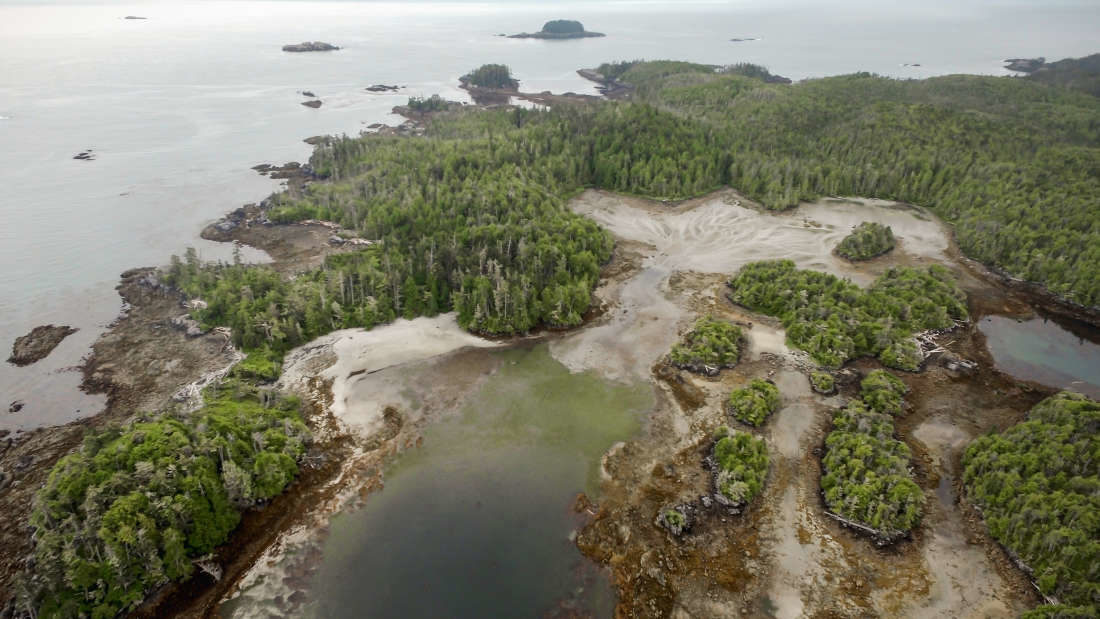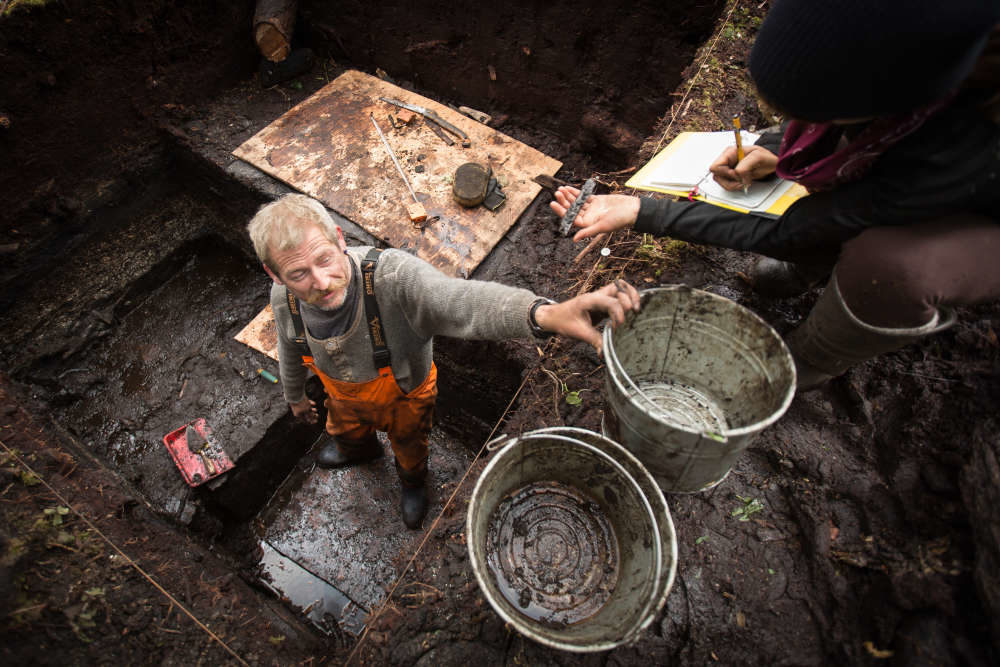
The discovery was made last year along the Central Coast of British Columbia on Triquet Island, CBC News reports. Teams of archaeologists from the Hakai Institute, University of Victoria, and local First Nations found the remains of charcoal, tools, fish hooks, spears used to hunt marine mammals, and even a hand drill used for lighting fires.
Based on the analysis of charcoal found, it's estimated the settlement was established around 13,613 to 14,086 years ago. This makes it one of the oldest human settlements in North America. It also means it's twice as old as the invention of the wheel, three times older than the Pyramids of Giza, and thousands of years before all of the ice age megafauna went extinct.
There is also evidence to suggest that the sea-level around Triquet Island has remained remarkably stable for 15,000 years throughout the end of the last Ice Age. This again confirms that this area acted as a haven of stability over the millennia, just as the Heiltsuk Nation have said all along.
The real importance of the finding lies in explaining how early North Americans migrated to British Columbia. One theory says that humans came from Asia and traversed across a bridge of land and ice that connects Russia to Alaska.
The other theory is that humans traveled by boat. While it is often thought that early humans would not have had the supplies to walk from Asia to Alaska, the alternative theory was also dispelled as it was always assumed the whole coast would have been impassable during the Ice Age. That, however, is obviously not the case.
Now, armed with this knowledge, indigenous First Nation groups say they feel that they now have more credence and validity when entering the often heated battles for land rights.
"When we do go into negotiations, our oral history is what we go to the table with," William Housty, a member of the Heiltsuk Nation, told CBC News. "So now we don't just have oral history, we have this archaeological information. It's not just an arbitrary thing that anyone's making up... We have a history supported from Western science and archaeology."




Reader Comments
It is beginning to look like the Earth experience a recent magnetic relocation of our poles but not just our primary pole as explained by T S Niazi in his book More Than 60 Minutes--When Earth Stands Still. An magnetic tipi top earth polar reversal.